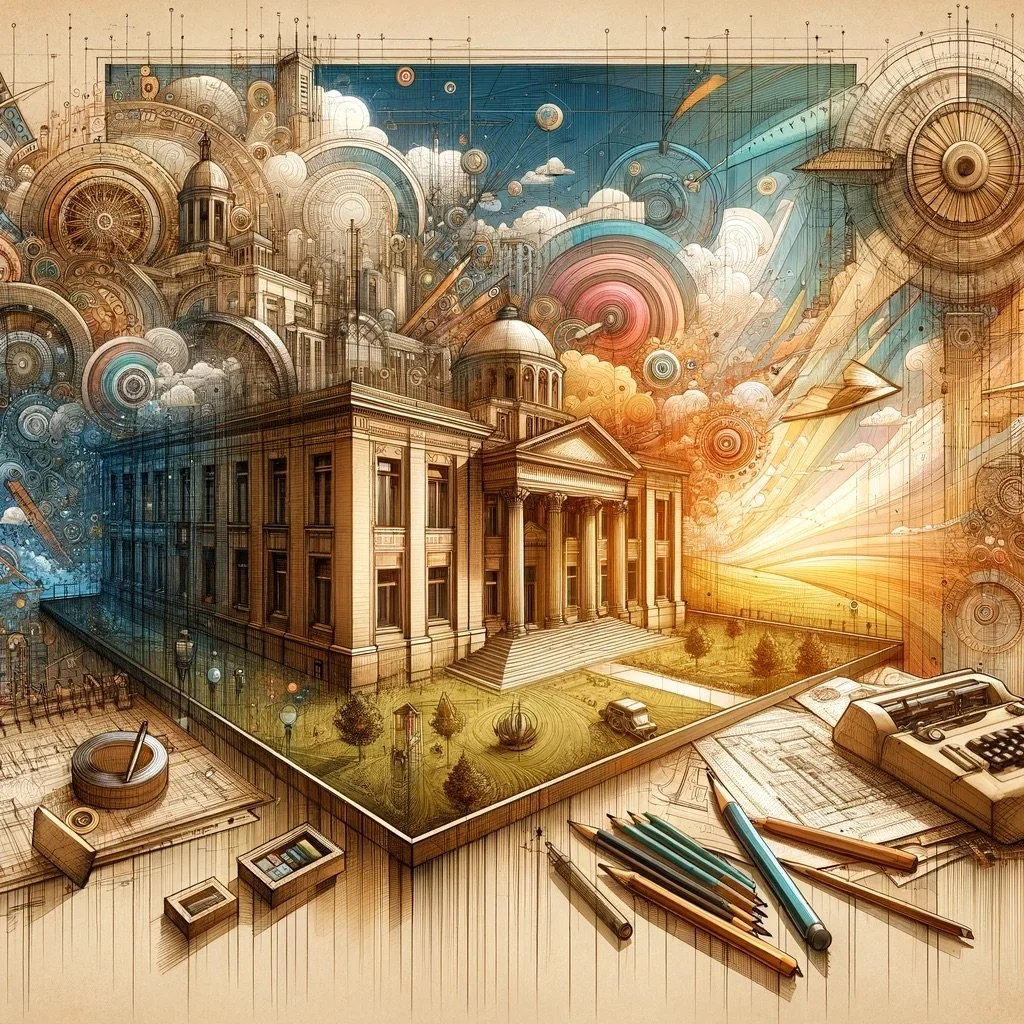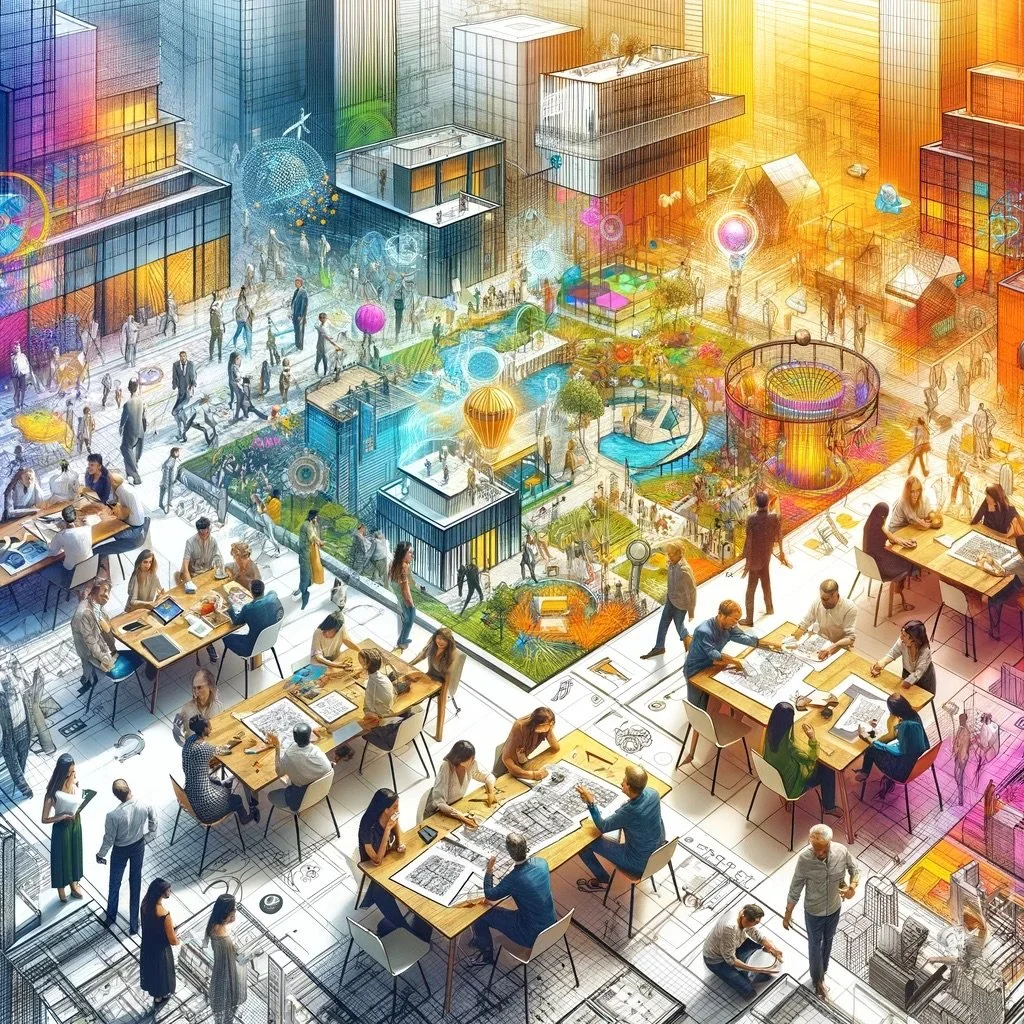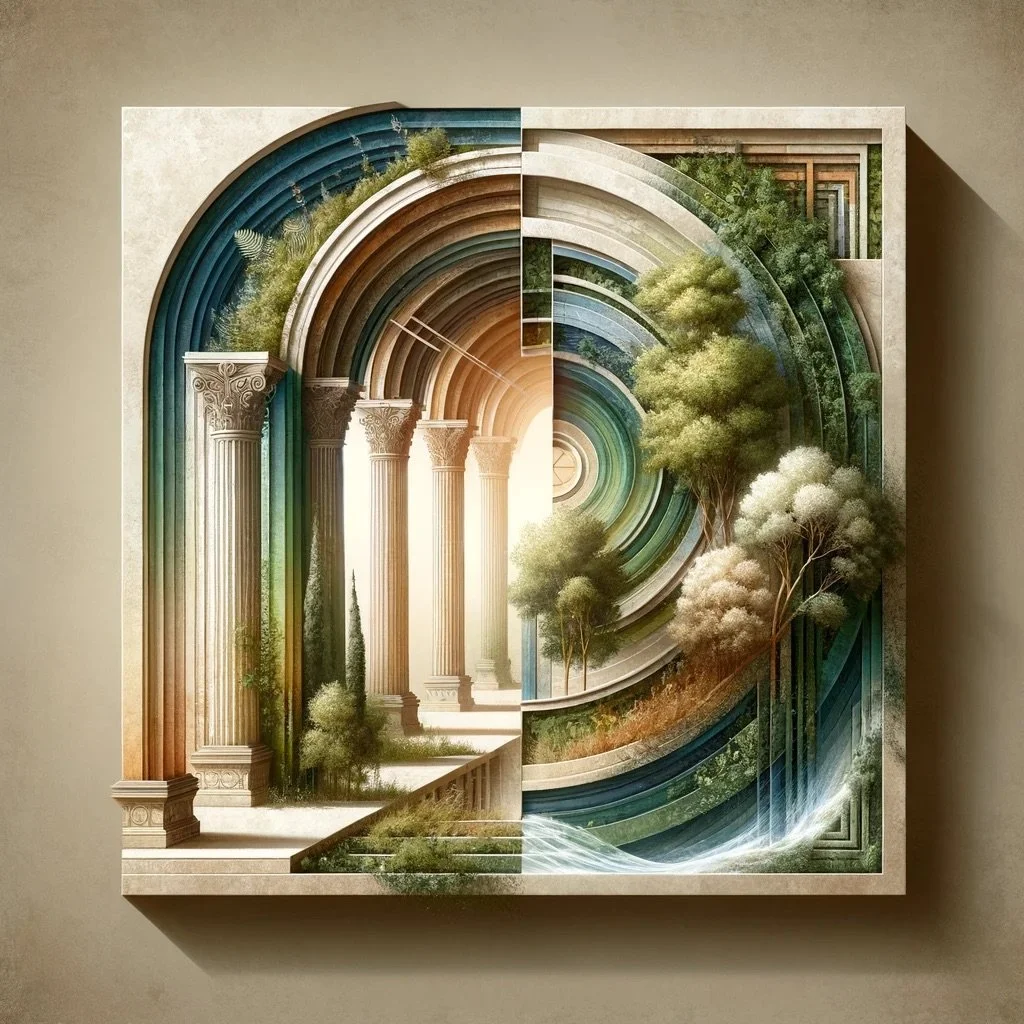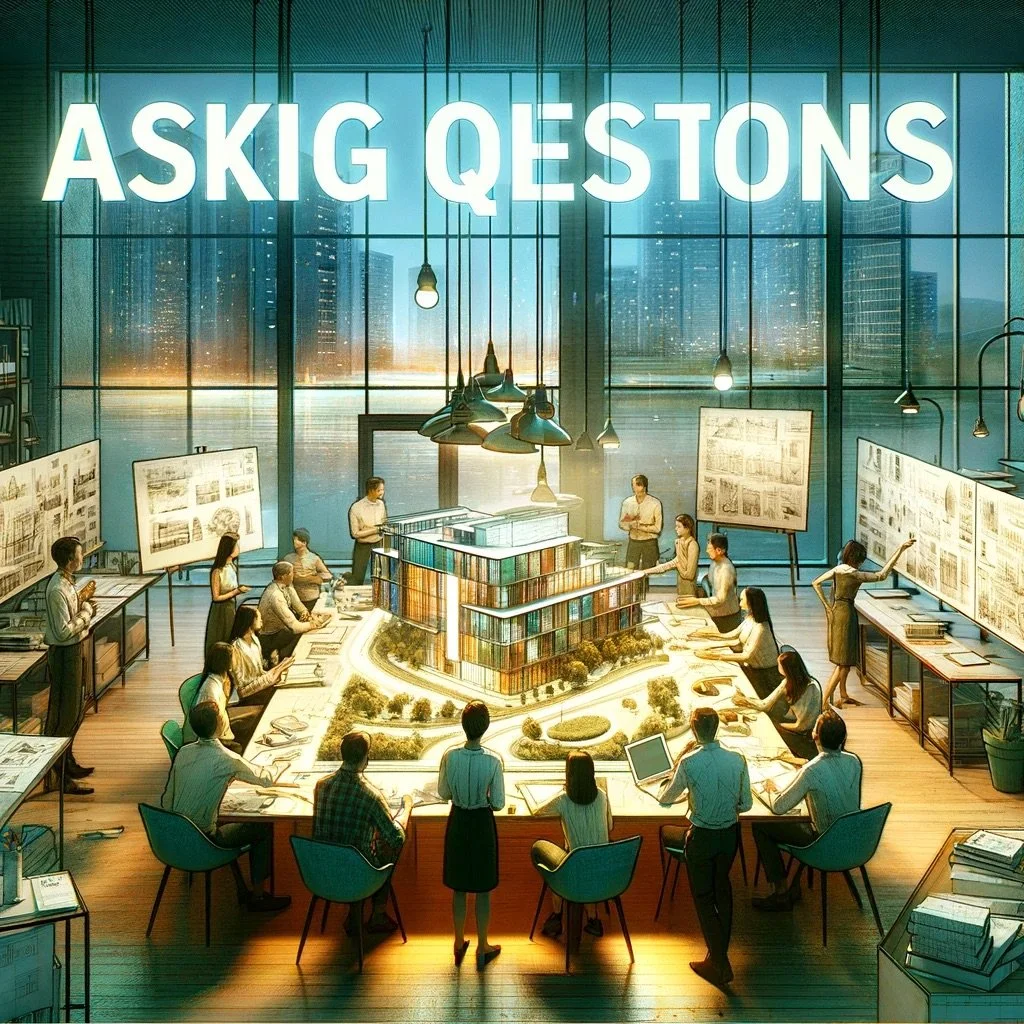
ten·ets
a principle or belief, especially one of the main principles of philosophy.
Inspire.
Inspiration is the spark that ignites the creative process in architecture and design. It involves drawing from a myriad of sources—nature, history, technology, and beyond—to envision spaces that elevate the human experience. In your process, inspiration acts as the foundational element, guiding your initial concepts and designs towards innovative and emotionally resonant spaces.
Invent.
Invention in architecture and design is about pushing boundaries and creating new paradigms. It involves leveraging cutting-edge materials, technologies, and methodologies to develop solutions that are not just functional but transformative. Your projects embody invention by integrating sustainable practices and advanced technologies, showcasing how spaces can evolve to meet future needs.
Iterate.
Iteration is the process of refining ideas through continuous evaluation and modification. It emphasizes the importance of feedback, experimentation, and the evolution of designs over time. In your work, iteration ensures that every project is optimized for aesthetic appeal, functionality, and sustainability, reflecting a deep engagement with the design process from concept to completion.
Visualize.
Visualization is crucial for bringing abstract ideas into tangible forms. It encompasses everything from initial sketches to advanced digital renderings, allowing both creators and clients to see the potential of a space. In your projects, visualization serves as a communication tool, bridging the gap between concept and reality, and ensuring that every design decision is informed and intentional.
Empathy.
Empathy in architecture and design focuses on understanding and addressing the needs and experiences of users. It involves creating inclusive, accessible, and human-centered spaces that resonate with individuals on a personal level. Your approach integrates empathy by carefully considering how people will interact with the environments you create, ensuring they are welcoming and comfortable for all.
Exploration.
Exploration is about embracing curiosity and the willingness to venture into the unknown. It encourages a broad investigation of styles, cultures, and ideas to inform and enrich design outcomes. Your process is characterized by exploration, as you draw upon a diverse array of influences to create spaces that are not only innovative but also deeply reflective of a global context.
Co-creation.
Co-creation emphasizes the collaborative nature of design, involving stakeholders, clients, and end-users in the creative process. It fosters a sense of shared ownership and ensures that the final product truly reflects the needs and aspirations of those it serves. In your projects, co-creation is a guiding principle, enabling the development of spaces that are more meaningful and effective.
Flexability.
Flexibility in architecture and design acknowledges the dynamic nature of human needs and activities. It involves creating spaces that can adapt and change, accommodating a variety of uses over time. Your designs incorporate flexibility through modular elements, innovative materials, and smart layouts, ensuring longevity and relevance in a rapidly changing world.
Ask questions.
Asking questions is fundamental to a thoughtful and thorough design process. It involves challenging assumptions, seeking clarity, and pushing for deeper understanding. In your practice, asking questions is integral to problem-solving and innovation, enabling you to address complex challenges with nuanced and sophisticated solutions.








